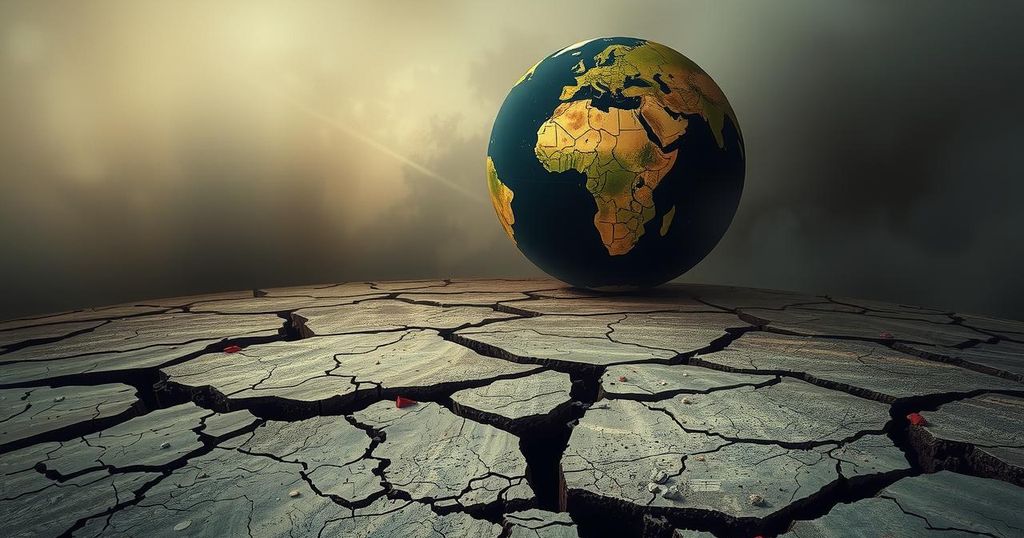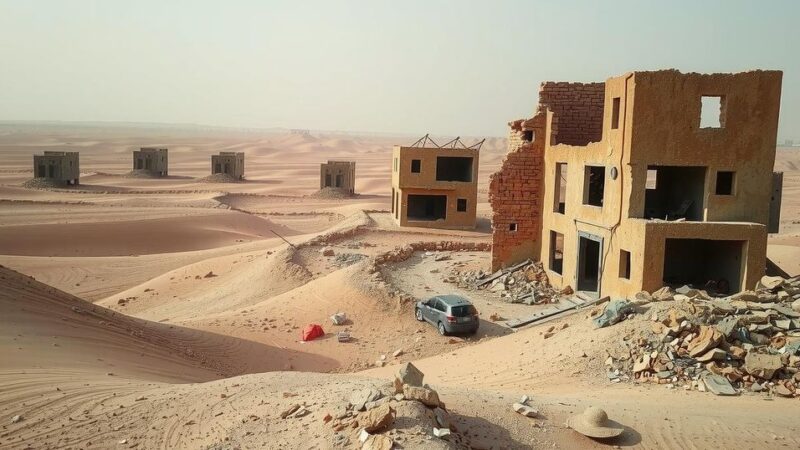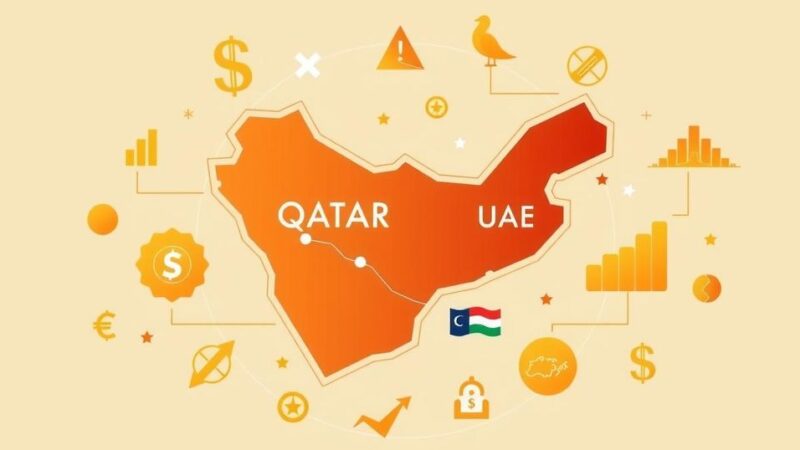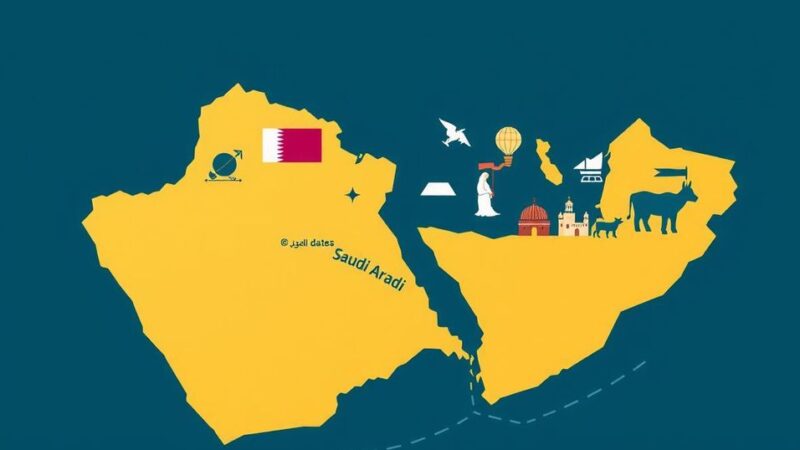Wars have significantly shaped societies and had lasting impacts on humanity. Analyzing conflicts by annual death tolls, especially those of World War I and II, reveals insights into warfare intensity. Notable shorter wars illustrate how concentrated violence can also have devastating effects, highlighting the importance of understanding these patterns to inform conflict prevention strategies.
Throughout history, wars have had a profound effect on nations and humanity, reshaping borders and forging alliances. While the total casualties of conflicts are frequently analyzed, examining annual death tolls provides a distinct perspective on the severity and intensity of warfare. This approach allows scholars and political analysts to better understand the impact of different conflicts over time.
World War II, spanning from 1939 to 1945, is recognized as the deadliest conflict in history, with an estimated total of 85 million deaths and an average annual death toll of approximately 14.17 million. This global conflict involved significant battles across Europe, the Pacific, and North Africa, with a staggering number of lives lost due to both combat and horrific mass atrocities, including the Holocaust and the atomic bombings of Hiroshima and Nagasaki.
Ranked as the second deadliest conflict, World War I, also known as the Great War, claimed around 15 million lives between 1914 and 1918, yielding an annual death toll of about 3.75 million. This war introduced devastating trench warfare, chemical weapon usage, and large-scale mechanized combat, leading to overwhelming casualties and contributing to the fall of empires and the emergence of totalitarian regimes.
The intense 1971 Bangladesh Liberation War demonstrates that shorter conflicts can have catastrophic mortality rates that rival longer wars. In just one year, it resulted in the death of approximately 3 million people, driven by targeted killings and widespread humanitarian crises. The dislocation and violence of such concentrated conflicts reveal the brutal capability of warfare to inflict rapid destruction.
Other significant conflicts, such as the Chinese Civil War (1927–1950), the Napoleonic Wars (1803–1815), and the Korean War (1950–1953), also incurred high casualties; however, their annual death tolls were lower when compared to World War I and II. This indicates that, while prolonged warfare yields extensive cumulative death counts, intense short conflicts can likewise create devastating impacts in a brief timeframe.
A comparative analysis of wars based on annual death tolls provides critical insights into the differences in the nature and timing of warfare. Some conflicts, such as the Napoleonic Wars, extended over many years, thus diffusing mortality rates, while others like the Bangladesh Liberation War, concentrated casualties within drastically shorter spans, underscoring the necessity for historical reflection on these devastating events. By assessing conflicts through both total casualties and annual death tolls, a clearer understanding of warfare’s human cost emerges, highlighting the importance of preventive diplomacy and conflict resolution strategies to mitigate similar tragedies in the future.
In conclusion, analyzing historical conflicts through annual death tolls offers a nuanced perspective on their intensity and impact. World War II and World War I remain the most deadly conflicts, but shorter wars like the Bangladesh Liberation War showcase how concentrated violence can lead to staggering death tolls. A comprehensive understanding of these conflicts is vital for developing effective strategies to prevent future warfare and promote peace.
Original Source: globalsouthworld.com






